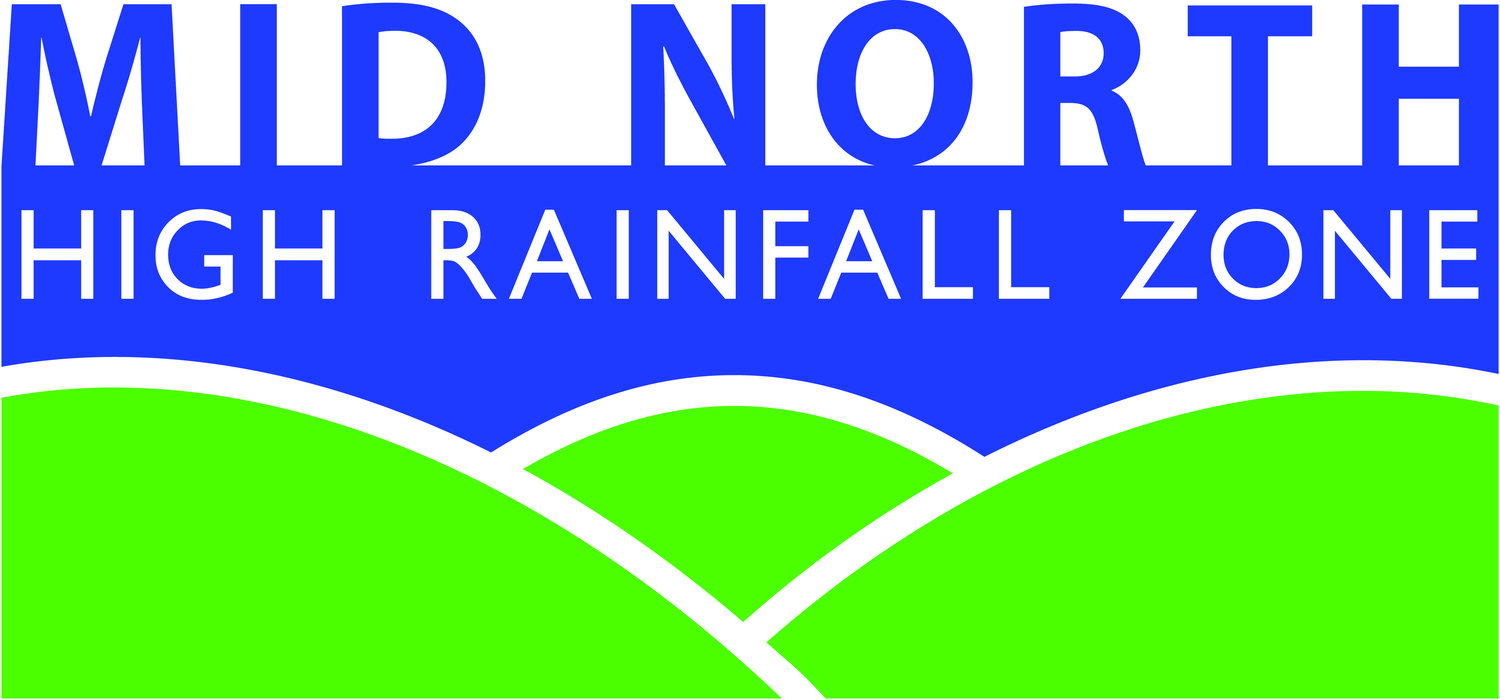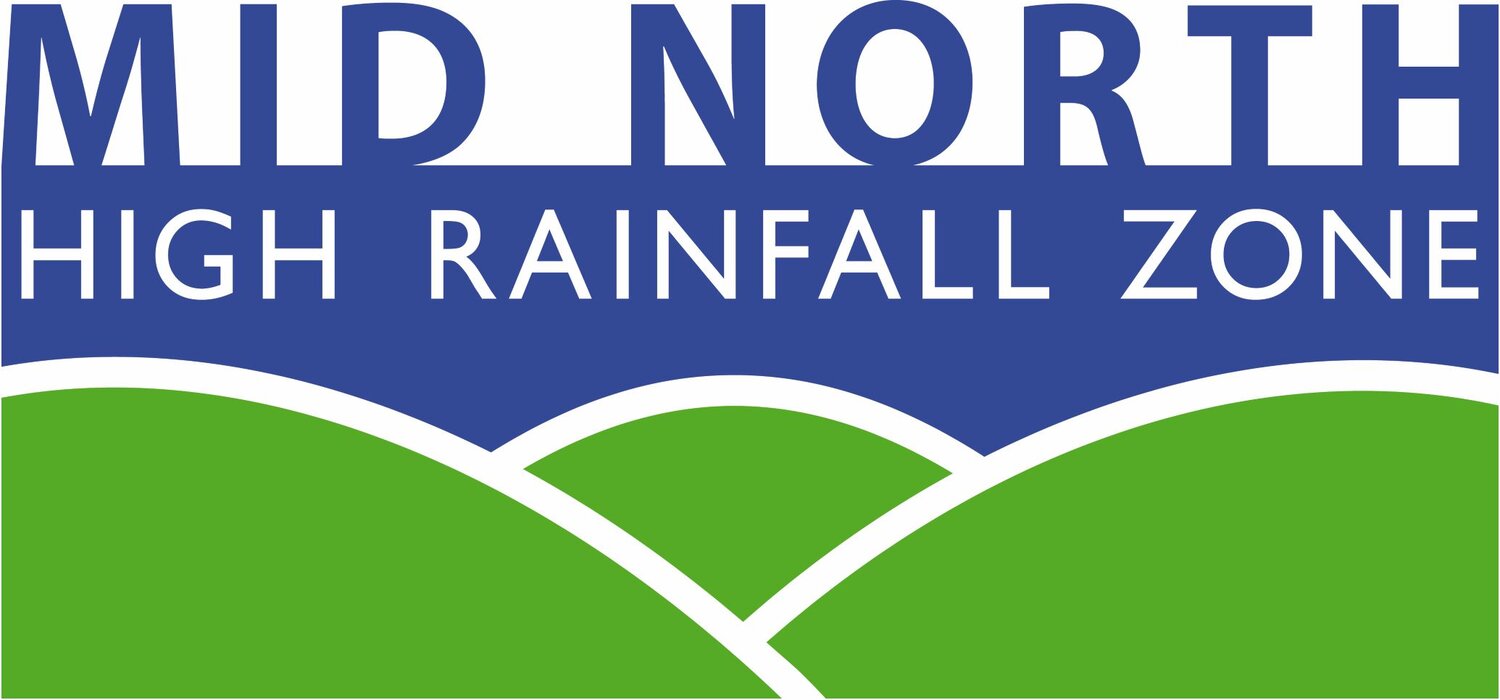
MNHRZ RESEARCH
-

Mixed Species Pastures Demonstration Sites - Trial Report 2023
PROJECT SUMMARY Productive pastures are a key driver for livestock and mixed farm business profitability; hence it is critical farmers are utilising productive pasture species best suited to their environment. In this project various pasture species and mixes were evaluated for their productivity and quality at BIGG and MNHRZ field demonstration sites.
In BIGG’s major trial at Angaston, the two treatments with the highest plant diversity: Oats Ryegrass Clover Brassica Herb, and Oats Ryegrass Clover, produced the highest total dry matter yield for the season. The former treatment also had the best feed quality. The trial also validated that within a multi-species pasture mix, different species perform well at different stages of the season.
MNHRZ’s trials at Navan and Farrell Flat determined the dry matter production of numerous pasture and forage species/mixes. From these results, recommendations were developed for pasture options throughout the course of the season. These included using cereal based mixes early in the season, brassicas mid-season, and the good performance of mixes later in the season.
Farmers and advisers particularly benefited from this project, highlighted by approximately 200 farmers and 40 agribusiness reps/advisers attending BIGG’s and MNHRZ’s crop/pasture walks held throughout 2022.
-

Mixed Species Pastures Demonstration Sites II - Trial Report 2024
PROJECT SUMMARY Pasture selection decisions can be challenging, especially when aiming to optimise production and livestock performance. In this project, BIGG and MNHRZ assessed and communicated the productivity of pasture species/mixes in local farming systems.
BIGG monitored three farmer demonstration pasture paddocks (Marananga, Angaston, Ebenezer) which had been sown with multi-species, and compared them to conventional/regenerated areas in the same paddock. The demonstrations highlighted the benefits of multi-species, including increased pasture production and quality, and preferential grazing by livestock.
MNHRZ evaluated various pasture species/mixes in small plot trials at two sites (Giles Corner, Farrell Flat). Cereals and cereal based mixes produced the highest early (August) and late season (October) production, however at the late timing, feed quality of the cereals was reduced. In contrast, legume/clover species produced less dry matter than cereals and generally brassicas at the late timing, but their high protein content underscores their value in a mix to improve livestock performance.
Extension was a key part of the project, with farmers and advisers particularly benefiting. This was highlighted by approximately 200 people attending field walks during the 2023 growing season. In addition, final project results were presented in 2024 at BIGG’s Annual Conference and MNHZ’s Autumn Update, with approximately 150 people attending.
-

MNHRZ Frost Learning Centre - Trial Report [02/07/2024]
Who are the winners and losers in the wheat frost and variety debate?


